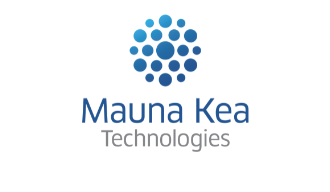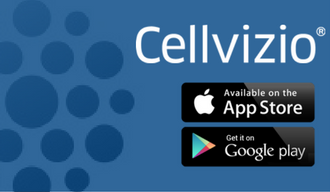New Economic Model Shows Significant Cost Savings when using Cellvizio® to Ascertain Diagnosis of Benign Pancreatic Cysts
Study shows a 23% reduction in surgical interventions resulting in 14% reduction in clinical costs
Mauna Kea Technologies today announced the publication of a new study highlighting significant potential cost savings in a French economic model when diagnosing pancreatic cysts with Cellvizio. The study titled, “A health economic evaluation of needle-based Confocal Laser Endomicroscopy for the diagnosis of pancreatic cysts,” was published on October 9, 2017 in Endoscopy International Open, a peer-reviewed, open access journal in the field of gastrointestinal endoscopy.
The study was led by Claude Le Pen, Professor of Health Economics at the Paris-Dauphine University, in Paris, France. The study evaluated the health economic benefit of the diagnosis of benign cysts with Endoscopic Ultrasound and Fine Needle Aspiration (EUS-FNA) plus needle-based CLE with Cellvizio, compared to the standard of care of EUS-FNA alone.
Several clinical studies have shown that visualization of specific cell patterns in real-time through optical biopsy with Cellvizio enables a more confident diagnosis leading to improved diagnostic accuracy. Pr. Le Pen measured the benefit of utilizing Cellvizio in terms of the overall cost of procedures and hospital stays. Costs were estimated from the public payer's perspective, using French official tariffs.
The study demonstrated that EUS-FNA plus Cellvizio results in significant economic benefits by reducing the incidence of misdiagnosis through improved diagnostic accuracy:
- 23% reduction in the total number of surgical interventions, which translated to a reduction in clinical costs of 13% (public sector) and 14% (private sector)
- Reduced rate of surgery, which would save the lives of 4 in 1,000 patients
Pr. Le Pen commented, “The addition of optical biopsy in conjunction with traditional diagnostic methods is an interesting scenario in the French healthcare system in which an adjunctive procedure can drive significant cost savings, but is not yet covered by reimbursement rules. Importantly, the cost savings are driven by improved clinical care for patients, which provides another compelling reason to adopt Cellvizio in the diagnosis of pancreatic cysts.” Pr. Le Pen’s measure of the economic benefit of utilizing Cellvizio only takes into account the diagnostic procedure, the associated reduced rate of surgery, and the related costs associated with clinical intervention and hospital stay. It does not take into account potential additional economic benefit from improved diagnosis of benign cysts, which would likely reduce the number of repeated diagnostic procedures and the number of subsequent surveillance examinations, as well as reduce the number of re-hospitalizations and the amount of long-term treatment required following duodenopancreatectomy (Whipple’s surgery) or left pancreatectomy.
Sacha Loiseau, Ph.D., Founder and Chief Executive Officer of Mauna Kea Technologies, added, “Mauna Kea’s mission is to eliminate diagnostic and treatment uncertainties. This study shows, for the first time in pancreatic cysts, the economic and clinical advantages of utilizing Cellvizio to improve diagnostic accuracy. We hope this study will enable a change in healthcare practice for patients with pancreatic cysts and will bring providers a higher level of certainty on their diagnosis and treatment plans.”


